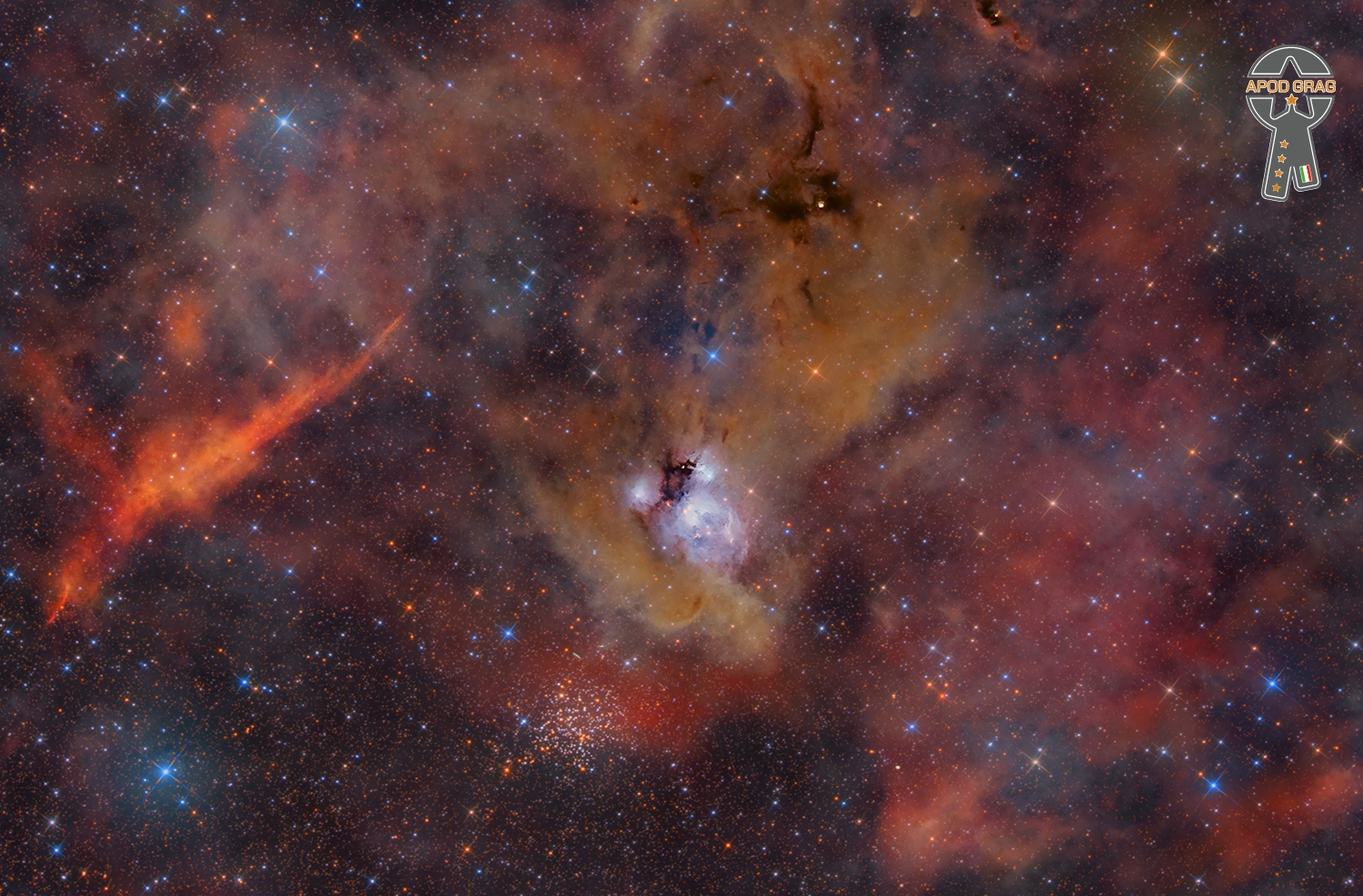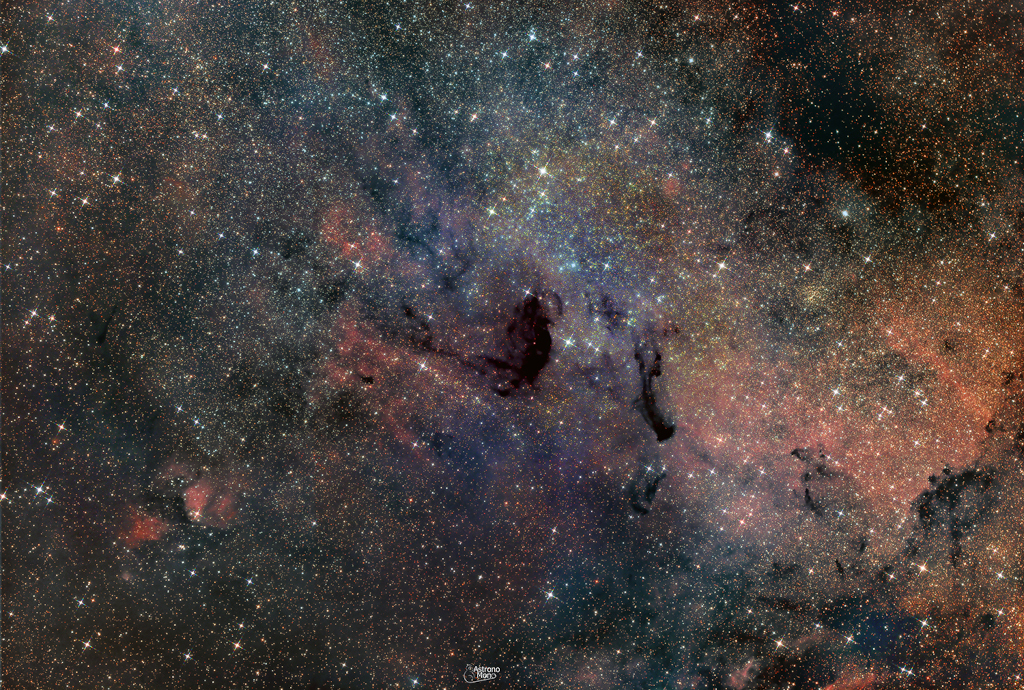Blog
Sameer Gupta (born July 1, 1976) is a Brooklyn-based jazz percussionist, tabla player, and composer. He is a co-founder of Brooklyn Raga Massive, the jazz ensemble The Supplicants and drummer for the Marc Cary Focus Trio. He has also worked with vidyA, Kosmic Renaissance, Grachan Moncur III, Victor Goines, Vincent Gardner, Sekou Sundiata, Sonny Simmons, Marcus Shelby, Calvin Keys, Richard Howell, Dayna Stephens, and Julian Lage.
The Jazz Observer called his playing kinetic, bass-heavy, and tender.
more...Rashied Ali, born Robert Patterson (July 1, 1933 – August 12, 2009) was an American free jazz and avant-garde drummer who was best known for performing with John Coltrane in the last years of Coltrane’s life.
Patterson was born and raised in Philadelphia, Pennsylvania. His family was musical; his mother sang with Jimmie Lunceford. His brother, Muhammad Ali, is also a drummer, who played with Albert Ayler. Ali, his brother, and his father converted to Islam.
Starting off as a pianist, he eventually took up the drums, via trumpet and trombone. He joined the United States Army and played with military bands during the Korean War. After his military service, he returned home and studied with Philly Joe Jones, then toured with Sonny Rollins.
more...James Henry Cotton (July 1, 1935 – March 16, 2017) was an American blues harmonica player, singer and songwriter, who performed and recorded with many fellow blues artists and with his own band. He also played drums early in his career.
Cotton began his professional career playing the blues harp in Howlin’ Wolf‘s band in the early 1950s. He made his first recordings in Memphis for Sun Records, under the direction of Sam Phillips. In 1955, he was recruited by Muddy Waters to come to Chicago and join his band. Cotton became Muddy’s bandleader and stayed with the group until 1965. In 1965, he formed the Jimmy Cotton Blues Quartet, with Otis Spann on piano, to record between gigs with the Muddy Waters band. He eventually left to form his own full-time touring group. His first full album, on Verve Records, was produced by the guitarist Mike Bloomfield and the singer and songwriter Nick Gravenites, who later were members of the band Electric Flag.
In the 1970s, Cotton played harmonica on Muddy Waters’ Grammy Award–winning 1977 album Hard Again, produced by Johnny Winter.
Cotton was born in Tunica, Mississippi. He became interested in music when he first heard Sonny Boy Williamson II on the radio. He left home with his uncle and moved to West Helena, Arkansas, finding Williamson there. For many years Cotton claimed that he told Williamson that he was an orphan and that Williamson took him in and raised him, a story he admitted in recent years is not true. However, Williamson did mentor Cotton during his early years.
more...William James Dixon (July 1, 1915 – January 29, 1992) was an American blues musician, vocalist, songwriter, arranger and record producer. He was proficient in playing both the upright bass and the guitar, and sang with a distinctive voice, but he is perhaps best known as one of the most prolific songwriters of his time. Next to Muddy Waters, Dixon is recognized as the most influential person in shaping the post–World War II sound of the Chicago blues.
Dixon’s songs have been recorded by countless musicians in many genres as well as by various ensembles in which he participated. A short list of his most famous compositions includes “Hoochie Coochie Man“, “I Just Want to Make Love to You“, “Little Red Rooster“, “My Babe“, “Spoonful“, and “You Can’t Judge a Book by the Cover“. These songs were written during the peak years of Chess Records, from 1950 to 1965, and were performed by Muddy Waters, Howlin’ Wolf, Little Walter, and Bo Diddley; they influenced a generation of musicians worldwide.
Dixon was an important link between the blues and rock and roll, working with Chuck Berry and Bo Diddley in the late 1950s.In the 1960s, his songs were adapted by numerous rock artists. He received a Grammy Award and was inducted into the Blues Hall of Fame, the Rock and Roll Hall of Fame, and the Songwriters Hall of Fame.
Dixon was born in Vicksburg, Mississippi, on July 1, 1915. He was one of fourteen children. His mother, Daisy, often rhymed things she said, a habit her son imitated. At the age of seven, young Dixon became an admirer of a band that featured pianist Little Brother Montgomery. He sang his first song at Springfield Baptist Church at the age of four. Dixon was first introduced to blues when he served time on prison farms in Mississippi as a young teenager.
more...
NGC 7129 is a reflection nebula located 3,300 light years away in the constellation Cepheus. A young open cluster is responsible for illuminating the surrounding nebula. A recent survey indicates the cluster contains more than 130 stars less than 1 million years old. NGC 7129 is located just half a degree from nearby cluster NGC 7142.
The nebula is rosebud-shaped; the young stars have blown a large, oddly shaped bubble in the molecular cloud that once surrounded them at their birth. The rosy pink color comes from glowing dust grains on the surface of the bubble being heated by the intense light from the young stars within. The ultra-violet and visible light produced by the young stars is absorbed by the surrounding dust grains. They are heated by this process and release the energy at longer infrared wavelengths as photographed by the Spitzer Space Telescope. The reddish colors in the false-colour infrared image suggest the distribution of hydrocarbon rich molecular material.

Lena Mary Calhoun Horne (June 30, 1917 – May 9, 2010) was an American dancer, actress, singer, and civil rights activist. Horne’s career spanned more than seventy years, appearing in film, television, and theatre. Horne joined the chorus of the Cotton Club at the age of sixteen and became a nightclub performerbefore moving to Hollywood.
Horne advocated for human rights and took part in the March on Washington in August 1963. Later she returned to her roots as a nightclub performer and continued to work on television while releasing well-received record albums. She announced her retirement in March 1980, but the next year starred in a one-woman show, Lena Horne: The Lady and Her Music, which ran for more than 300 performances on Broadway. She then toured the country in the show, earning numerous awards and accolades. Horne continued recording and performing sporadically into the 1990s, retreating from the public eye in 2000.
Lena Horne was born in Bedford–Stuyvesant, Brooklyn. Both sides of her family were African American. She belonged to the well-educated, upper stratum of Black New Yorkers at the time.
more...Stanley Clarke (born June 30, 1951) is an American bassist, composer and founding member of Return to Forever, one of the first jazz fusion bands. Clarke gave the bass guitar a prominence it lacked in jazz-related music. He is the first jazz-fusion bassist to headline tours, sell out shows worldwide and have recordings reach gold status.
Clarke is a 5-time Grammy winner, with 15 nominations, 3 as a solo artist, 1 with the Stanley Clarke Band, and 1 with Return to Forever. Clarke was selected to become a 2022 recipient of the National Endowment for the Arts Jazz Masters Fellowship.
A Stanley Clarke electric bass is permanently on display at the National Museum of African American History and Culture in Washington, D.C.
Clarke was born on June 30, 1951 in Philadelphia. His mother sang opera around the house, belonged to a church choir, and encouraged him to study music.
more...Andrew Hill (June 30, 1931 – April 20, 2007) was an American jazz pianist and composer.
Jazz critic John Fordham described Hill as a “uniquely gifted composer, pianist and educator” although “his status remained largely inside knowledge in the jazz world for most of his career.” Hill recorded for Blue Note Records for nearly a decade, producing a dozen albums.
Andrew Hill was born in Chicago, Illinois, to William and Hattie Hill. He had a brother, Robert, who was a singer and classical violin player. Hill took up the piano at the age of thirteen, and was encouraged by Earl Hines. As a child, he attended the University of Chicago Experimental School. He was referred by jazz composer Bill Russo to Paul Hindemith, with whom he studied informally until 1952.
While a teenager, he performed in rhythm and blues bands and with touring jazz musicians, including Charlie Parker and Miles Davis. Hill recalls some of his experience as a youngster, during a 1964 interview with Leonard Feather: “I started out in music as a boy soprano, singing and playing the accordion, and tap dancing. I had a little act and made quite a few of the talent shows around town from 1943 until 1947. I won turkeys at two Thanksgiving parties at the Regal Theatre,” parties sponsored by the newspaper Chicago Defender, which Hill coincidentally used to sell on the streets.
more...Within this cante jondo several types must be distinguished. On the one hand, we find the soleá grande (four lines); the soleá del cambio (to finish off and in another tonality); the soleá por bulerías(harmony of soleá and compás de bulería); the soleá corta, the soleariya (shortened melody soleá with the first verse reduced to four syllables); the soleá apolá (with which the pole closes, another type of triana soleá); the soleá de preparación (to start a specific cante); and those of zurraque(typical of the potters).
The soleá has been establishing its own style in each place where it has been practiced, for example, it is inevitable to speak of the soleá of Triana, so typical of this neighborhood, the cradle of Sevillian singers such as El Moreno or Francisco Amaya. Referring to the styles of other corners of Andalusia, we must also speak of those of Cádiz and the Ports, of Jerez, of Alcalá, of Utrera and Lebrija, of Córdoba and Marchena, among others.
Soleá is a complex flamenco style, full of feeling and considered one of the most traditional of this artistic genre. A style that has influenced others and is part of the essence of this art. Seeing a soleá live is a highly recommended experience for lovers and fans of pure and traditional flamenco.
https://www.youtube.com/watch?v=EednEVElCkM&t=59s
more...M24 is not a bright galaxy, star cluster, or nebula. It’s a gap in nearby, obscuring interstellar dust clouds that allows a view of the distant stars in the Sagittarius spiral arm of our Milky Way galaxy. Direct your gaze through this gap with binoculars or small telescope and you are looking through a window over 300 light-years wide at stars some 10,000 light-years or more from Earth. Sometimes called the Small Sagittarius Star Cloud, M24’s luminous stars fill this gorgeous starscape. Covering over 3 degrees or the width of 6 full moons in the constellation Sagittarius, the telescopic field of view includes dark markings B92 and B93 near center, along with other clouds of dust and glowing nebulae toward the center of the Milky Way.

more...
Alexandre Lagoya (29 June 1929 – 24 August 1999) was a French classical guitarist and composer. His early career included boxing and guitar, and as he cites on the sleeve of a 1981 Columbia album, his parents hoped he would outgrow his predilection for both.
Lagoya was born in Alexandria, Egypt, to a Greek father and an Italian mother. By 1955, when he married the French guitarist Ida Presti, his career had already begun. On the sleeve of his 1981 record with Columbia, Lagoya pays deep tribute to Presti and admits that after her premature death he was unable to play for years. He returned to the guitar as a teacher, tutoring among other famous guitarists the Canadian virtuoso Liona Boyd (who claims in her autobiography that she was also his lover). In the early 1980s, aged 52, he burst back on the international scene with a record for Columbia and an international tour.
more...Eva Narcissus Boyd (June 29, 1943 – April 10, 2003), known by the stage name of Little Eva, was an American singer, well known for her 1962 hit “The Loco-Motion“.
Boyd was born in Belhaven, North Carolina in 1943 and had twelve siblings. At the age of fifteen, she moved to the Brighton Beach section of Brooklyn, New York. As a teenager, Boyd worked as a maid and earned extra money as a babysitter for songwriters Carole King and Gerry Goffin.
It is often claimed that Goffin and King were amused by Boyd’s particular dancing style, so they wrote “The Loco-Motion” for her and had her record it as a demo (the record was intended for Dee Dee Sharp). However, as King said in an interview with NPR and in her “One to One” concert video, they knew she could sing when they met her, and it would be just a matter of time before they would have her record songs they wrote, the most successful being “The Loco-Motion”. Music producer Don Kirshner of Dimension Recordswas impressed by the song and Boyd’s voice and had it released. The song reached No. 1 in the United States in 1962. It sold over one million copies, and was awarded a gold disc. After the success of “The Loco-Motion”, Boyd was stereotyped as a dance-craze singer and was given limited material.
The same year, Goffin and King wrote “He Hit Me (And It Felt Like a Kiss)” (performed by the Crystals) after discovering that Boyd was being regularly beaten by her boyfriend. When they inquired why she tolerated such treatment, Eva replied without batting an eyelid that her boyfriend’s actions were motivated by his love for her.
more...Julian Priester (born June 29, 1935) is an American jazz trombonist and occasional euphoniumist. He is sometimes credited “Julian Priester Pepo Mtoto”. He has played with Sun Ra, Max Roach, Duke Ellington, John Coltrane, and Herbie Hancock.
He was born in Chicago, Illinois, United States. Priester attended Chicago’s DuSable High School, where he studied under Walter Dyett. In his teens he played with blues and R&B artists such as Muddy Waters, and Bo Diddley, and had the opportunity to jam with jazz players such as the saxophonist Sonny Stitt.
In the early 1950s, Priester was a member of Sun Ra‘s big band, recording several albums with the group, before leaving Chicago in 1956 to tour with Lionel Hampton, and he then joined Dinah Washington in 1958.The following year he settled in New York and joined the group led by drummer Max Roach, who heard him playing on the Philly Joe Jones album, “Blues for Dracula” (1958). While playing in Roach’s group, Priester also recorded two albums as a leader, Keep Swingin’ and Spiritsville, both of which were recorded and released by Riverside (the latter by their Jazzland subsidiary) in 1960.
more...More Posts
- World Music with VILDÁ
- Daily Roots with Dawn Penn & Skycru
- The Cosmos with Caldwell 49
- Son Seals Day
- David Crosby Day
- Eddie Costa Day
- Stuff Smith Day
- World Music with Purbayan Chatterjee & Satyajit Talwalkar
- Daily Roots with the Twinkle Brothers
- The Cosmos with CTB 1
- Dan Fogelberg Day
- Benny Bailey Day
- George Shearing Day
- World Music with Lamine Cissokho
- Daily Roots with Two Rasta Man & King Tubby
- The Cosmos with Cygnus OB2
- Pat Metheny Day
- Porter Wagoner Day
- Joe Jones Day
- World Music with Kardemimmit